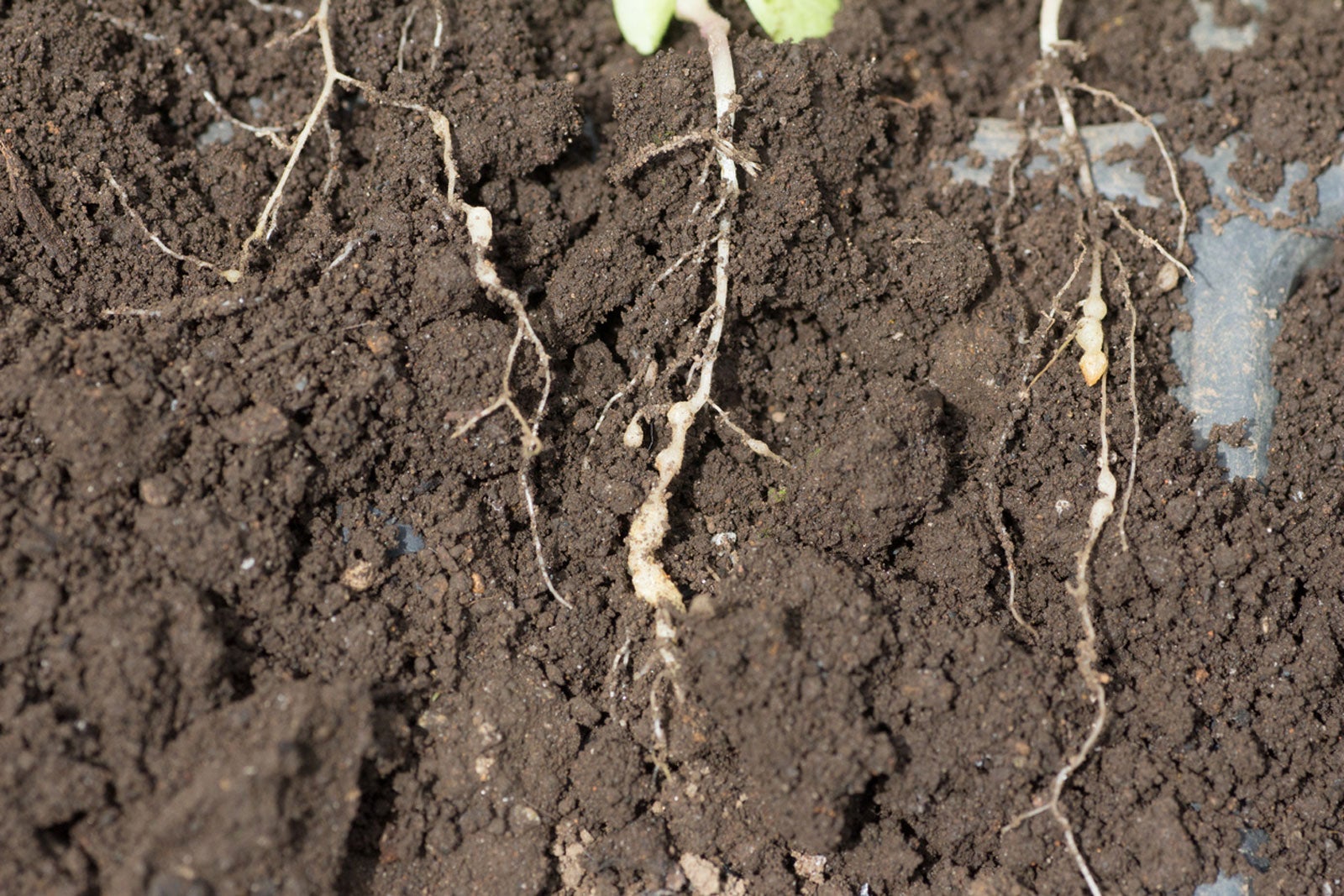Soil Borne Disease Control: Organisms In The Soil That Can Harm Plants


For many home gardeners, nothing is more frustrating than crop loss due to unknown causes. While vigilant growers can closely monitor insect pressure in the garden which may cause diminished yields, losses due to unseen circumstances can be more difficult to diagnose. Gaining a better understanding of soil borne organisms and pathogens can help growers develop a thorough grasp of soil and garden health.
What are Soil Borne Pathogens?
All soil ecosystems contain various soil borne organisms. It is not until these organisms in the soil are able to infect plants via suitable conditions or susceptibility that they begin to cause issues for garden crops.
Pathogens are organisms in the soil that cause problems or disease. Diseases caused by soil borne pathogens can impact plants in a variety of ways. While pre-emergent pathogens can cause damping off or failure of seedlings to thrive, other organisms in the soil may cause issues within the root zone or crown of plants. Vascular wilt of plants may also be caused by the infection of soil borne pathogens.
Once the organisms in the soil come to infect the plant, crops may or may not display signs and symptoms of the disease. Often times, their quick development makes them difficult to observe or identify until the infection has progressed beyond treatment.
Soil Borne Disease Control
The key to reducing the instance of damaging pathogens in the home garden is to implement strategies of soil borne disease control. Growers can help reduce the presence of soil borne pathogens by purchasing plants from reputable garden centers or online nurseries.
Additionally, it will be essential to establish a consistent routine of garden maintenance. Specifically, this includes the removal and disposal of previously infected plant material. By keeping the garden tidy and free of decaying plant material, growers can help reduce the numbers of pathogens that are able to overwinter in the soil. Cleaning and sterilizing garden tools that have been used on infected plants will further decrease the likelihood of disease spread.
In order to best prevent diseases caused by soil borne pathogens, growers will need to make certain that plants are given the optimal conditions for growth. This means they will receive adequate sunlight, proper drainage, and suitable spacing. Each of these factors will be key in the pathogen’s ability to move and to infect garden plants. Generally, plants which are healthy and strong will be less likely to succumb to pathogens in the soil.
Gardening tips, videos, info and more delivered right to your inbox!
Sign up for the Gardening Know How newsletter today and receive a free copy of our e-book "How to Grow Delicious Tomatoes".

Tonya Barnett has been gardening for 13 years. Flowers are her passion. She has transformed her backyard into a cut flower garden, which she regularly chronicles on her YouTube channel http://www.youtube.com/@tonyawiththeflowers.